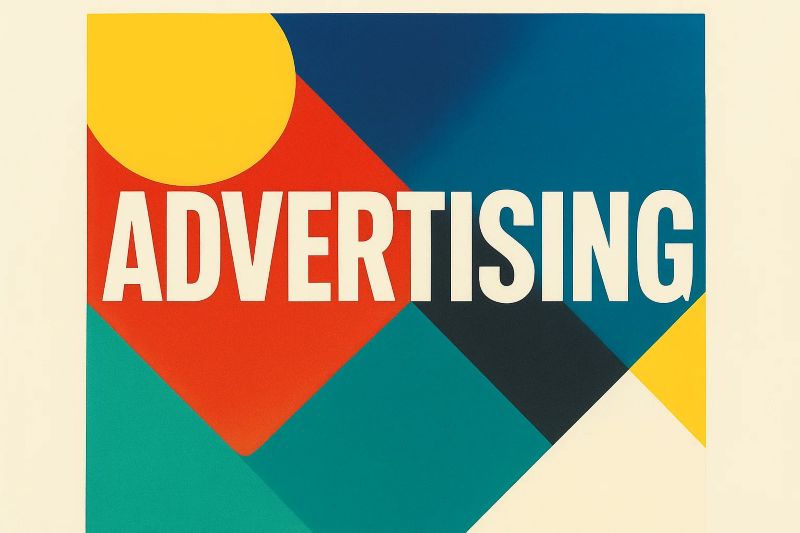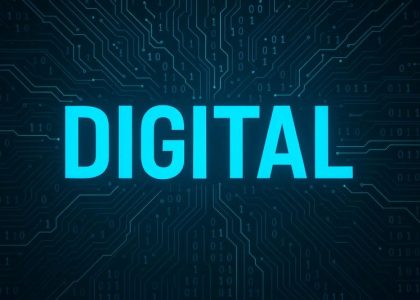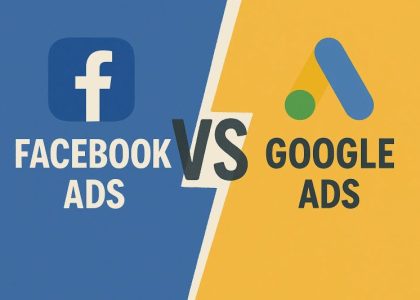Introduction
Advertising in 2025 is not what it used to be.
With rapid advancements in technology, shifting consumer behavior, and smarter algorithms, brands must rethink how they approach digital advertising. What worked in 2022 or 2023 might already be outdated. To succeed today, businesses need to embrace innovation and evolve quickly.
In this blog, we’ll break down the most effective digital advertising strategies that are actually delivering results in 2025—and how you can implement them to stay ahead of the competition.
Why Advertising Has Changed in 2025
Digital advertising has gone through a massive transformation. AI, machine learning, privacy-first policies, and more informed consumers are changing the landscape.
Modern audiences expect:
- Personalized messages
- Relevant content
- Non-intrusive ad experiences
If your ads aren’t tailored to the user, they’re being ignored.
So how can you adapt? Let’s explore the top-performing advertising strategies for 2025.
1. Hyper-Personalization Is Non-Negotiable
Generic ads are dead.
Consumers in 2025 want personalized content that speaks directly to their interests, behaviors, and needs. Personalization isn’t just a trend—it’s an expectation.
What’s working now:
- Dynamic ad content based on user behavior
- Real-time personalization with AI tools
- Demographic-based video personalization
When brands make consumers feel seen and understood, engagement rates skyrocket. It’s no longer about selling—it’s about creating meaningful connections.
2. First-Party Data Is King
With third-party cookies disappearing, advertisers are focusing heavily on first-party data.
Why it matters:
Owning your data means better targeting, better performance, and compliance with evolving data privacy laws.
Winning strategies:
- Offer gated content to collect email addresses
- Use CRM data for personalized retargeting
- Encourage app installs or account sign-ups
Advertisers that leverage first-party data create more relevant and effective campaigns—and build trust with their audience.
3. AI-Powered Ad Automation
AI has become the backbone of advertising in 2025. From smarter targeting to automated testing, it’s saving marketers time while increasing ad efficiency.
Top uses of AI in ads:
- Predictive analytics to find high-value leads
- Smart bidding for the best ad placements
- Automated A/B and multivariate testing
Platforms like Google Ads and Meta Ads now offer advanced AI features that help advertisers optimize campaigns and drive better results.
4. Short-Form Video Ads Dominate
Video is still king—but short-form is the crown jewel.
With platforms like TikTok, Instagram Reels, and YouTube Shorts exploding in popularity, short-form video has become one of the most effective ad formats.
Best practices:
- Grab attention in the first 3 seconds
- Keep it under 30 seconds
- Use platform-specific trends, sounds, and effects
Short-form videos are quick, engaging, and perfect for building brand awareness and conversions—especially with Gen Z and Millennials.
5. Voice Search and Smart Assistants
Voice search is growing fast thanks to smart speakers, smartphones, and wearables. Brands that optimize their ads for voice are seeing major visibility boosts.
How to adapt:
- Write ad copy using conversational language
- Optimize landing pages for voice queries
- Use mobile-friendly and voice-ready formats
Marketers who embrace voice-driven interactions are staying ahead of consumer behavior trends and getting discovered more easily.
6. Programmatic Advertising Still Rules
Programmatic advertising—automated ad buying in real time—continues to be a powerhouse for digital marketers in 2025.
What’s working today:
- Contextual targeting (based on content) instead of behavioral
- AI-powered fraud prevention
- Cross-channel placements across web, CTV, mobile, and more
Programmatic ads allow brands to scale while maintaining precision and efficiency—two things every serious advertiser needs.
7. Interactive and Immersive Ads
People want to interact, not just observe.
Interactive ads keep users engaged longer and help brands stand out in crowded digital spaces.
Examples of interactive ad formats:
- AR (Augmented Reality) experiences on Instagram or Snapchat
- Polls, quizzes, and sliders in Facebook or YouTube ads
- Gamified ads that reward participation
These ad types offer memorable, enjoyable brand interactions that convert attention into action.
8. Sustainability Messaging Wins Hearts
Consumers in 2025 care deeply about the environment. Brands that show genuine concern for sustainability earn more trust and loyalty.
Smart sustainability strategies:
- Highlight eco-friendly initiatives in your ads
- Use storytelling and visuals that reflect your values
- Collaborate with green influencers and creators
Being authentic, ethical, and transparent will resonate more with today’s conscious consumers than any flashy campaign ever could.
Final Thoughts
Advertising in 2025 is more dynamic, personalized, and purpose-driven than ever before. It’s not about who spends the most—it’s about who connects the best.
To win in today’s landscape:
- Use AI to scale and optimize
- Focus on personal, engaging experiences
- Stay ethical and data-compliant
- Lean into creativity and innovation
Whether you’re a growing startup or an established enterprise, these proven digital strategies will help you attract attention, build trust, and drive real business results.



